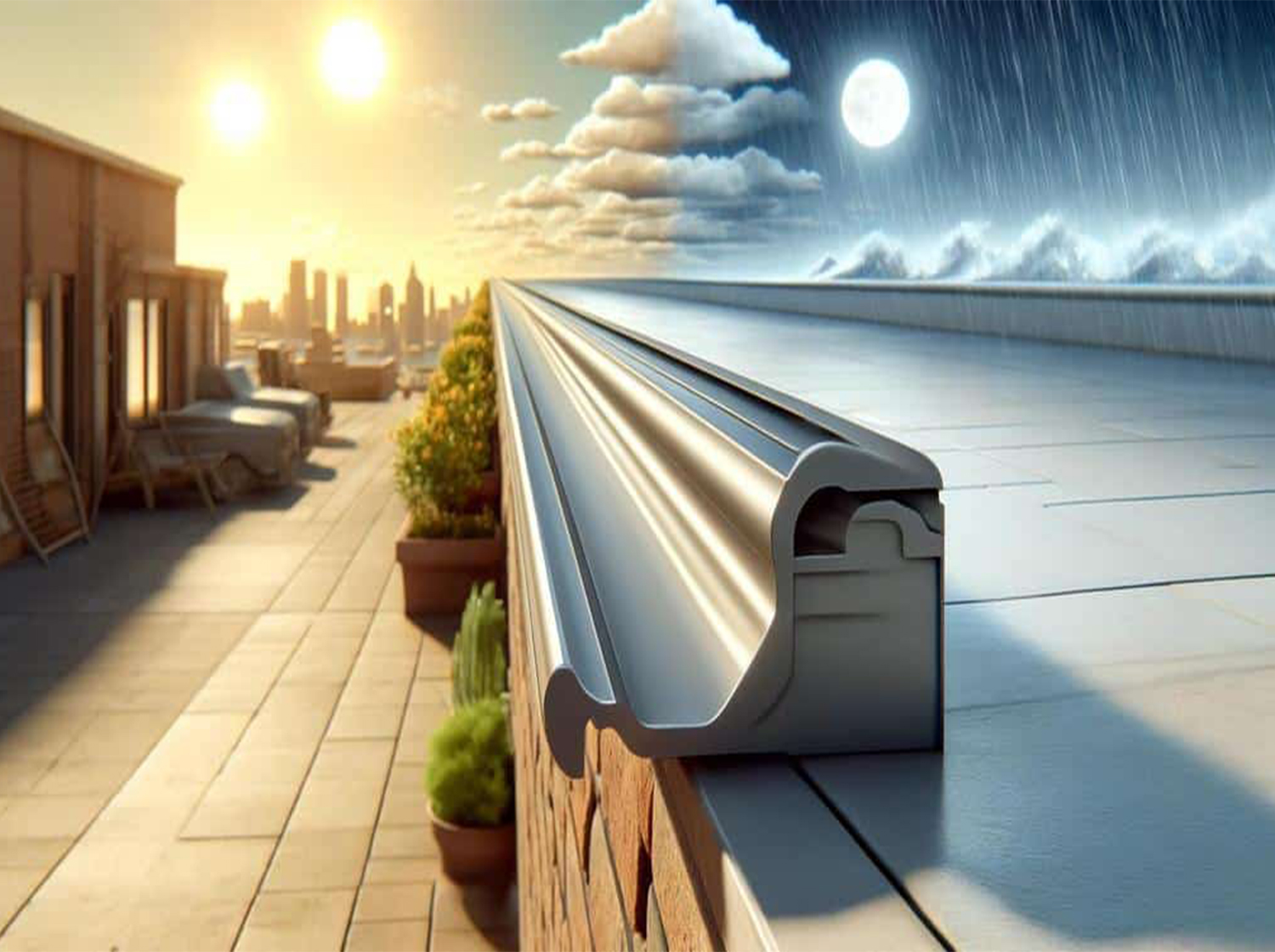In the realm of construction and architecture, where the durability and longevity of materials are paramount, aluminum stands out as a premier choice for weather resistance. This versatile metal not only offers exceptional strength and aesthetic appeal but also boasts unparalleled resilience against the elements, making it indispensable for structures designed to withstand diverse weather conditions.
Natural Weather Resistance
Aluminum's innate ability to resist corrosion is a cornerstone of its appeal in construction. Unlike iron-based metals that rust when exposed to moisture and oxygen, aluminum naturally forms a thin oxide layer on its surface when in contact with air. This layer acts as a protective barrier, shielding the metal from environmental factors such as rain, humidity, and saltwater. As a result, aluminum structures maintain their integrity and appearance over extended periods, even in coastal and industrial environments where exposure to corrosive elements is heightened.
Durability in Extreme Conditions
From scorching heat to freezing cold, aluminum excels in maintaining structural stability and performance under varying climatic extremes. Its robustness makes it a preferred material for roofing, Facades, window frames, and outdoor fixtures where reliability and longevity are non-negotiable. The metal's ability to endure temperature fluctuations without compromising its strength or appearance ensures that buildings remain resilient and visually appealing throughout their lifecycle.
Low Maintenance Requirements
One of the most significant advantages of aluminum in weather-resistant construction is its minimal maintenance needs. Unlike materials that require regular painting, sealing, or anti-corrosion treatments, aluminum's protective oxide layer inherently mitigates the need for such upkeep. This characteristic not only reduces lifecycle costs but also minimizes operational disruptions, making aluminum a cost-effective choice for building owners seeking long-term reliability and efficiency.
Design Versatility and Aesthetic Appeal
Beyond its functional benefits, aluminum offers architects and designers unparalleled versatility in realizing their creative visions. The metal can be extruded, molded, or fabricated into a wide array of shapes, profiles, and finishes, facilitating innovative and customized design solutions. Whether used in sleek modern structures or historic renovations, aluminum enhances architectural aesthetics while ensuring superior weather resistance, thereby enhancing the overall appeal and value of buildings.
Sustainable Choice
Aluminum's sustainability credentials further underscore its suitability for weather-resistant construction. As a highly recyclable material with a low carbon footprint, aluminum supports green building initiatives and environmental stewardship. Its recyclability enables closed-loop recycling processes, reducing waste and conserving resources, while its lightweight properties contribute to energy-efficient transportation and installation practices.
Conclusion
In conclusion, aluminum's unmatched combination of weather resistance, durability, low maintenance requirements, and design versatility makes it an indispensable asset in modern construction and architectural design. Whether shielding buildings from coastal winds and salty air or enduring the rigors of urban climates, aluminum continues to prove its mettle as a reliable choice for structures that stand the test of time and weather. By choosing aluminum, architects, builders, and property owners not only invest in superior performance and aesthetics but also demonstrate a commitment to sustainability and responsible building practices in today's built environment.

